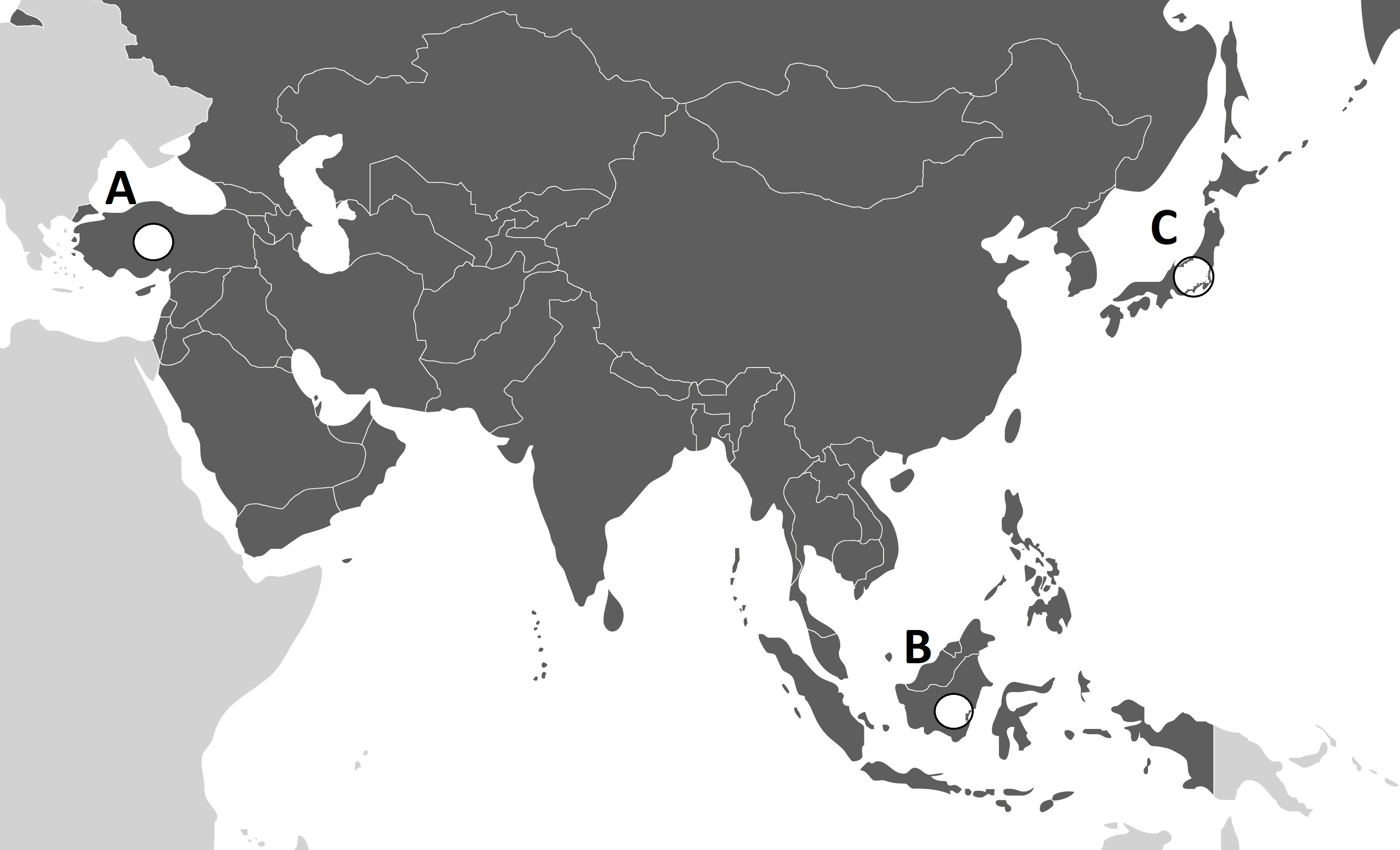
Today’s GOALS
Let’s have a look at the goals for today.
“Peace, Justice, and Strong Institutions” is the topic of this unit.
“Peace, Justice, and Strong Institutions” is the topic of this unit.
今日のテーマは「平和と公正をすべての人に」です。
Today’s Goals
■ 平和で包摂的な社会にかかわる単語・表現を学ぶ
Learn the vocabulary and expressions related to peaceful and inclusive societies
■ 平和や公正を脅かす問題を抱える世界の国について知る
Get to know and share your thoughts on the countries facing the issues of peace and justice
■ passageを読んで平和で包摂的な社会に関する問題についての知識を深める
Deepen your knowledge of the peaceful and inclusive societies by reading passages
Part A Self-Introduction
自己紹介をする

Part A_1 Self-Introduction
Let’s introduce ourselves to each other.
自己紹介をしましょう。
My name is ________. What is your name?
Part A_2 Self-Introduction
I am ________. Nice to meet you.


Part A_3 Self-Introduction
Nice to meet you too, ________.
Let’s get started.
Let’s get started.
Part B Review
前回のレッスンの復習
Review of the previous lesson

Part B_1 Review
Please read aloud the passage below.
文章を読んでください。講師がチェックします。
Part B_2 Review
Biodiversity Loss
Around 80% of individuals in rural areas of developing countries still use traditional plant-based medicines for basic healthcare. Overhunting and overfishing deplete the resources of some species while threatening the extinction of others.


Part B_3 Review
I will ask the following questions. Please answer based on the passage.
講師が質問するので答えてみましょう。

Part B_4 Review
| 1. | What kind of medicine is used by 80% of individuals in rural areas? |
Part B_5 Review
| Around 80% of individuals in rural areas _______________. |


Part B_6 Review
| 2. | Did you do your research on the sub-textbook? Did you find the activity for issues related to deforestation and biodiversity loss? Please tell me what you feel about it. |
Part B_7 Review


Part B_8 Review
Now, let’s review your answers.
復習してみましょう。
Part B_9 Review


Part B_10 Review
So far, we reviewed the previous lesson topic, “Life on Land”. Do you have any questions? In the next part, we are going to learn about “Peace, Justice, and Strong Institutions”.
ここまでは前回の復習です。
次のパートからは、「平和と公正をすべての人に」について学習を進めましょう。
次のパートからは、「平和と公正をすべての人に」について学習を進めましょう。
Part C Description
描写問題 他国を知る
Get to know other countries’ situations

Part C_1 Description
Find out where Turkey is located.
トルコの場所について確認しましょう。
| 1. | Where is Turkey? A, B or C? |
Part C_2 Description
| The answer is _________. |


Part C_3 Description
Please look at and study the pictures below. These are pictures from Japan and Turkey. I will ask you a question.
(Give the student at least 20 seconds to study both pictures.)
下記は、日本とトルコの写真です。写真について質問をします。

Part C_4 Description
| 2. | What can you see in the pictures? Please describe as many as you can from each photo. |
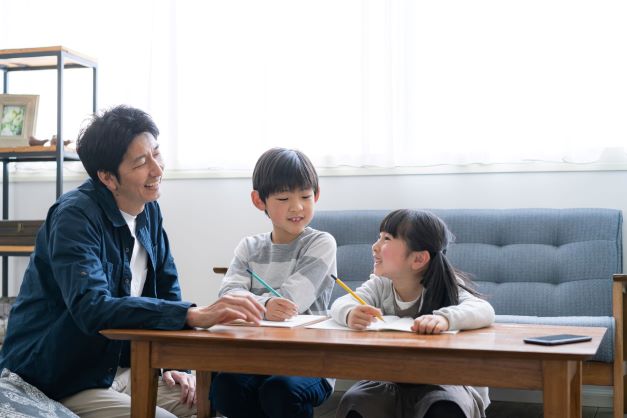 |
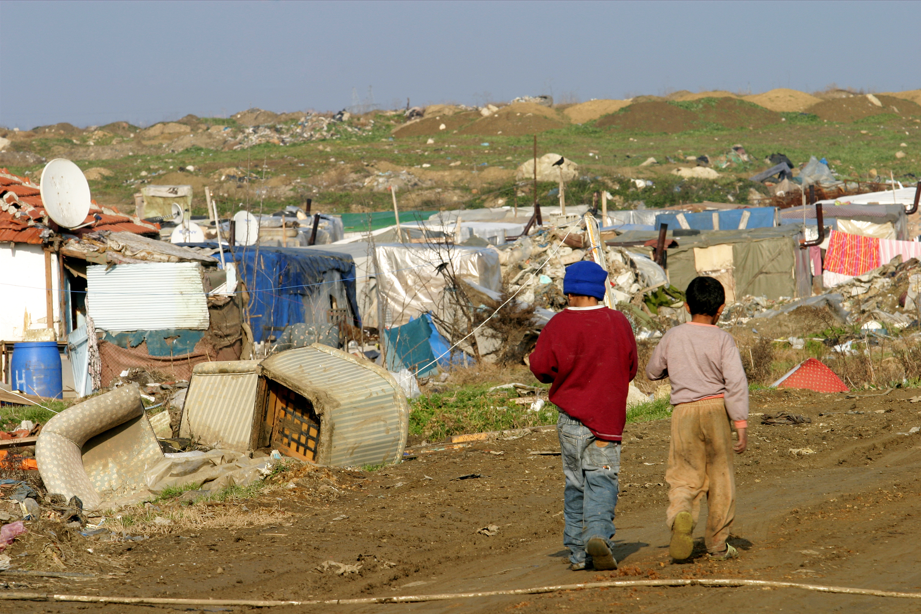 |
Part C_5 Description
| Answer: |


Part C_6 Description
Now, let’s review your answers.
復習してみましょう。
Part C_7 Description


Part C_8 Description
Did you get any images of the impact on refugee children and the importance and roles of birth registration? If you have anything you don’t know well, please keep researching after the lesson.
Part D Vocabulary
英単語の意味と発音を確認する
Learn the vocabulary and phrases related to the topic

Part D_1 Vocabulary
We’ll read aloud the words and sample sentences below. Please repeat after me. I will check your pronunciation.
講師の真似をして単語を発音しましょう。
Part D_2 Vocabulary
 |
refugee 難民
We’ve been assigned to construct camps for refugees.
|
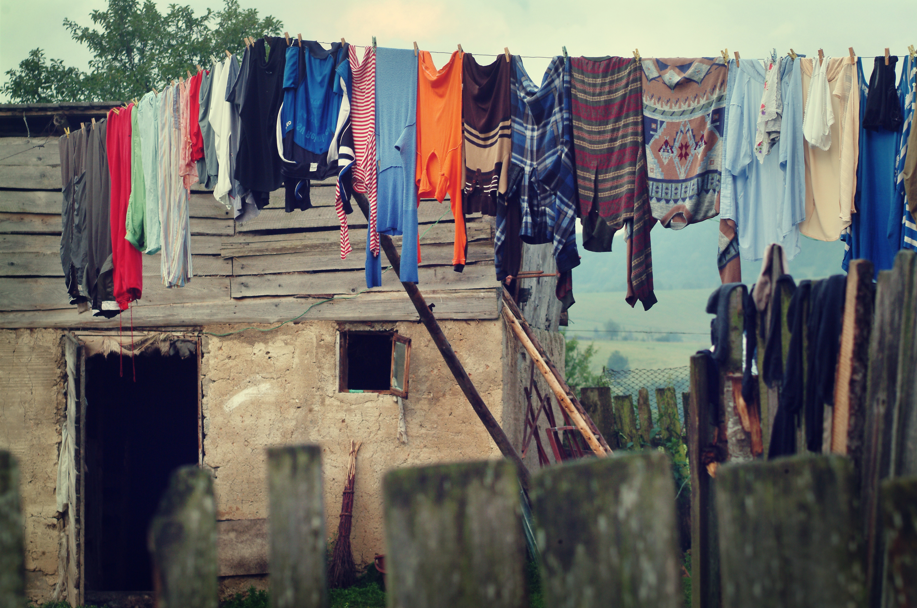 |
unsuitable 不適切な
The property was officially declared unsuitable for residential purposes.
|
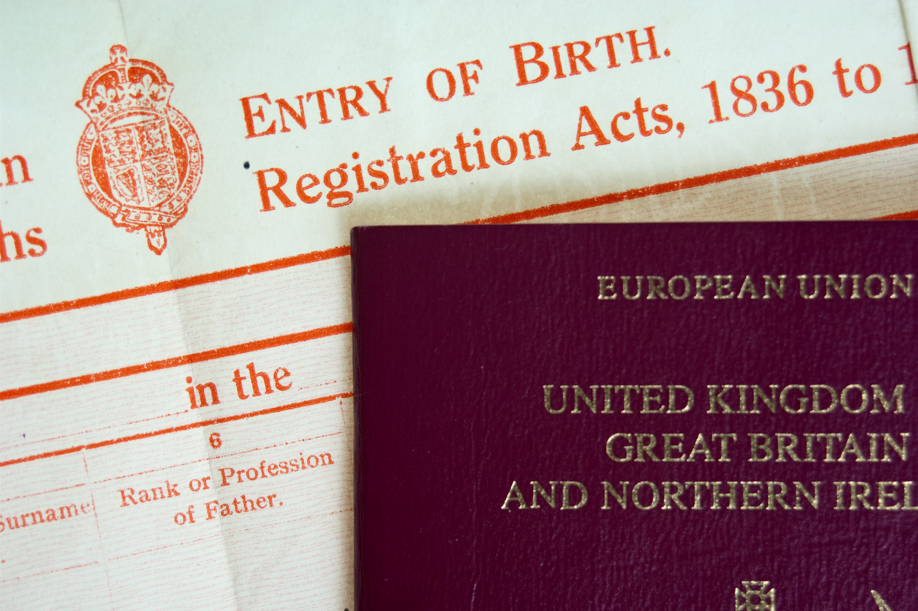 |
birth certificate 出生証明書
She falsified her birth certificate to get the job.
|
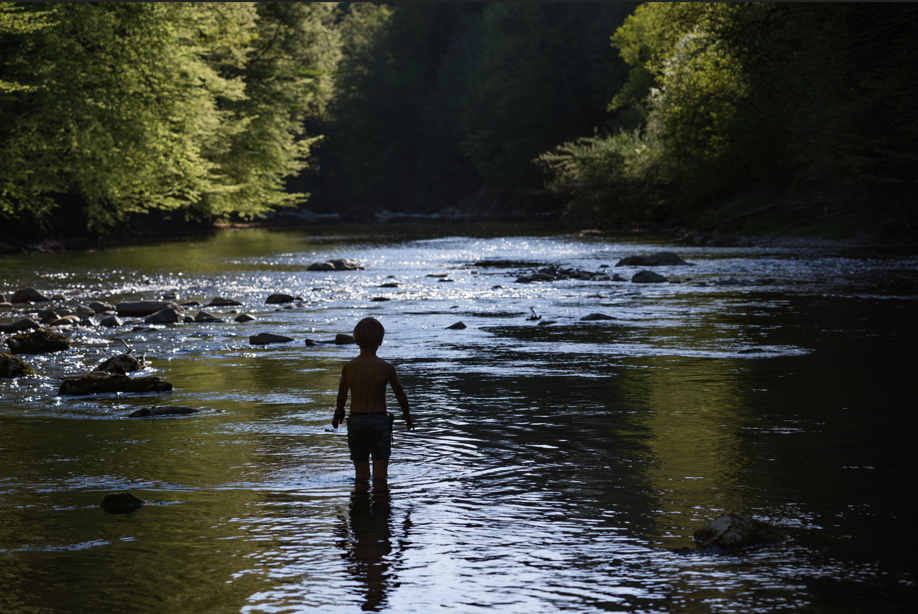 |
existence 存在
They founded a theater company that is still in existence today.
|


Part D_3 Vocabulary
Now, let’s review some words from part D_2.
(Please review the mispronounced words and expressions from part D_2.)
復習しましょう。
Part D_4 Vocabulary


Part D_5 Vocabulary
Please look at the pictures below. Now, fill in the blanks with the words you learned and read aloud the complete sentences.
(Please give the student time to answer.)
それでは、下記のそれぞれの文章の空欄に先ほど学んだ単語のいずれかを埋めて、文章を完成させましょう。
Part D_6 Vocabulary
| 1. | Many _______________ have entered without passports at the border. |
| 2. | The subject matter of the show was _______________ for children. |
| 3. | I don’t have my original _______________. Will you accept a copy? |
| 4. | They believe that the universe came into _______________ about 15 billion years ago. |


Part D_7 Vocabulary
Now, let’s review your answers.
復習してみましょう。
Part D_8 Vocabulary


Part D_9 Vocabulary
Do you have any questions about the meaning of words?
Then, let’s move on to the next part.
Then, let’s move on to the next part.
Part E Reading
リーディング問題 passageを読んで知識を深める
Learn the facts about the topic and the countries that are related to it

Part E_1 Reading
Please read aloud the first passage below.
文章を読んでください。
Part E_2 Reading
The Impact on Refugee Children
The number of people forced to flee their homes because of conflict and persecution has steadily increased. In 2012, these numbers spiked, resulting in what is now recognized as a global refugee crisis.
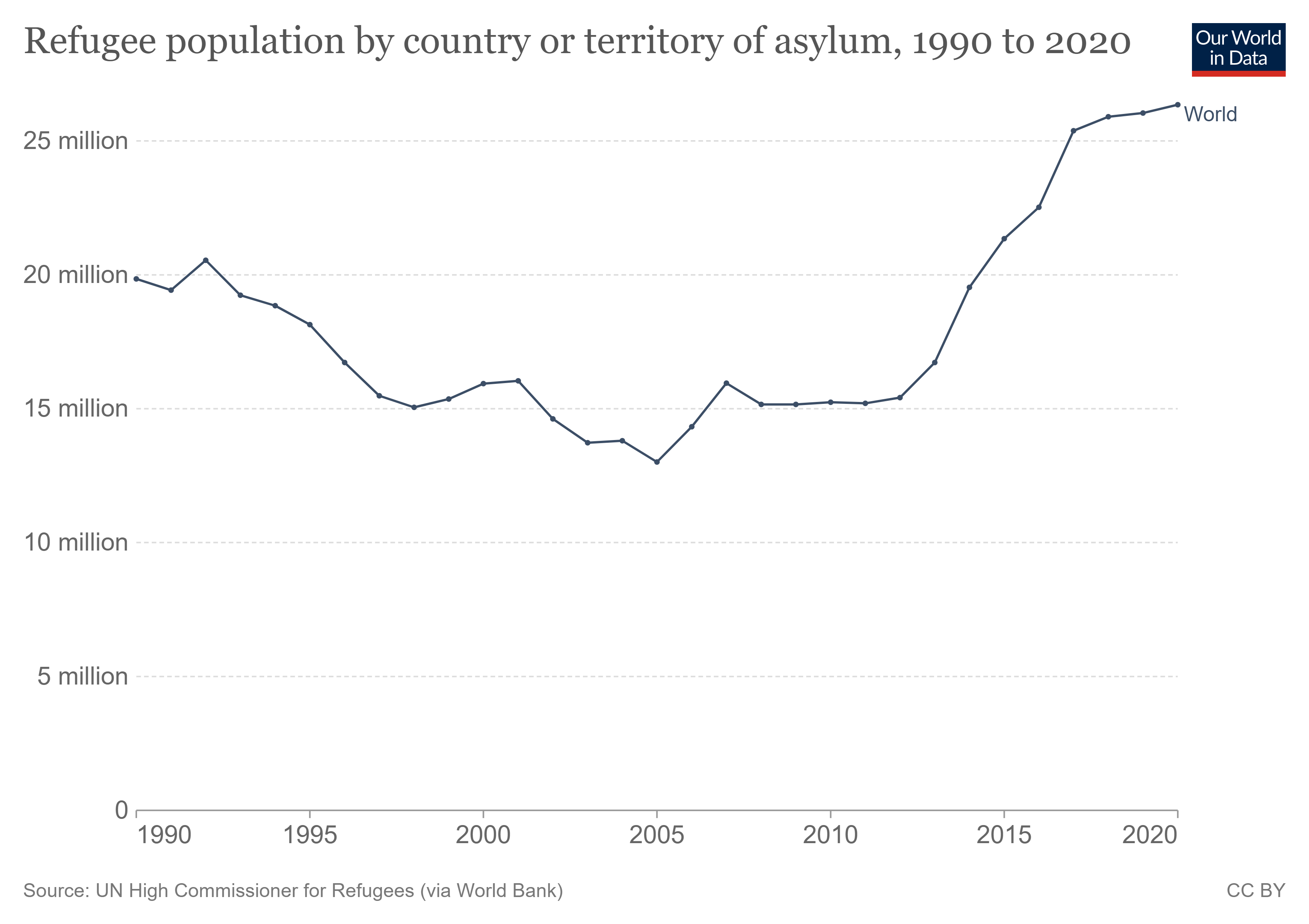
In conflict-affected areas, around 28.5 million primary school-aged children are out of school. Nearly 13 million children under the age of 18 make up half of the world’s refugee population. Far too many refugee boys and girls are forced to live in unsuitable conditions for children, with limited access to education, healthcare, and no freedom of movement.


Part E_3 Reading
I will ask the following questions. Please answer based on the passage. I will check if your answers are appropriate.
講師が質問するので答えてみましょう。

Part E_4 Reading
| 1. | According to the passage, where are refugee boys and girls forced to live? |
Part E_5 Reading
| Answer: |


Part E_6 Reading

| 2. | Based on the graph, what year has the highest recorded percentage refugee population? |
Part E_7 Reading
| Answer: |


Part E_8 Reading
Please read aloud the second passage below.
文章を読んでください。
Part E_9 Reading
The Importance and Roles of Birth Registration
Have you heard about birth registration? It’s the process of recording births, and it’s a fundamental right for everyone. In low and middle-income countries, one out of every four children under age 5 is not registered.
A birth certificate is a legal document that certifies the existence of a person. It implies that children can attend school, receive medical care, and eventually find work. Children cannot be protected without proof since governments don’t even know they exist.


Part E_10 Reading
I will ask the following questions. Please answer based on the passage. I will check if your answers are appropriate.
講師が質問するので答えてみましょう。

Part E_11 Reading
| 1. | What is a birth certificate? |
Part E_12 Reading
| Answer: |


Part E_13 Reading
| 2. | Based on the article, what can happen if a child has no birth certificate? |
Part E_14 Reading
| Answer: |


Part E_15 Reading
Now, let’s review your answers.
復習してみましょう。
Part E_16 Reading


Part E_17 Reading
Did you understand the situation and facts about the impact on refugee children and the importance and roles of birth registration? If you have any questions, please ask me.
Part F Opinion
オピニオン 問題を身近に考える
Think about the topic as your own

Part F_1 Opinion
Please answer the questions below. You can share your opinions.
(It’s okay if the student’s answers are not complete sentences. To share his/her opinions is the goal for this part.)
講師が質問をするのであなたの意見を答えましょう。

Part F_2 Opinion
| 1. | If a child’s birth wasn’t registered officially, for example, they wouldn’t have any proof of their age. What would the problems be if you couldn’t prove your age? |
Part F_3 Opinion
| Answer: |


Part F_4 Opinion
| 2. | Even though the country has a birth registration system, some citizens don’t know about it. What do you think is the best way to inform everyone? |
Part F_5 Opinion
| Answer: |


Part F_6 Opinion
Now, let’s review your answers.
復習してみましょう。
Part F_7 Opinion


Part F_8 Opinion
Thank you for sharing your opinions. Let us continue to learn and think about issues related to peace, justice, and strong Institutions, and then take action to solve them.
